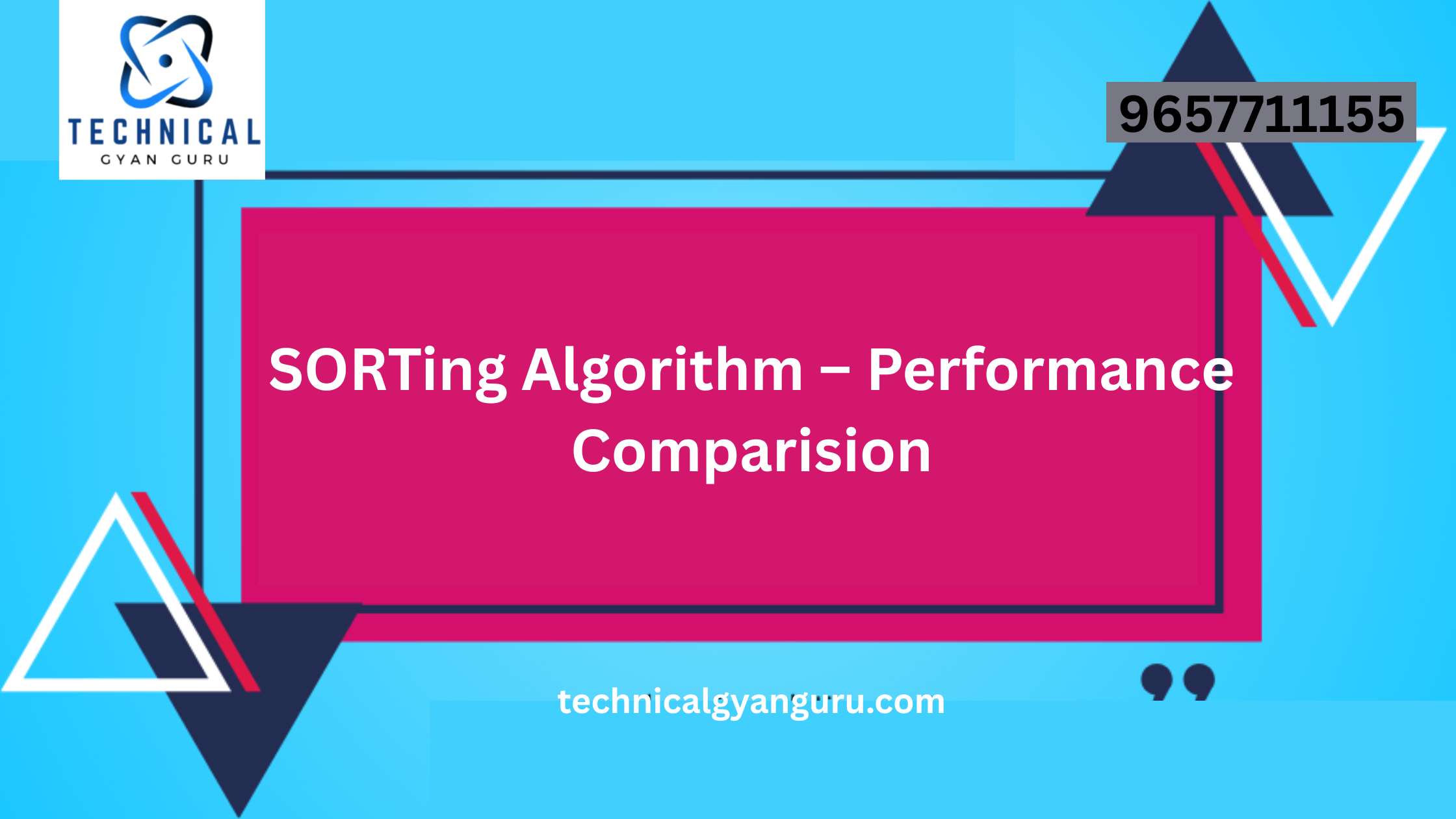
Introduction Generative AI in Business
Generative AI in Business: In the realm of artificial intelligence, generative AI is emerging as a transformative force, redefining the way businesses operate and innovate. This cutting-edge technology, which enables machines to generate content, has far-reaching implications for various industries. In this blog, we’ll delve into the potential of generative AI and how businesses can harness its capabilities to drive creativity, efficiency, and strategic advantage.
Understanding Generative AI
Generative AI, a subset of artificial intelligence, involves training machines to produce content—whether it’s images, text, or even entire applications—without direct human input. Unlike traditional AI systems that rely on predefined rules, generative AI relies on neural networks to learn patterns from vast datasets, enabling it to create content autonomously.
Transformative Potential in Business
1. Content Creation and Creativity:
Generative AI excels in creative tasks such as image and text generation. Businesses can leverage this capability for content creation, ranging from marketing materials and product design to generating written content for blogs, social media, and more. This not only streamlines processes but also enhances creativity by providing novel ideas and perspectives.
2. Product and Design Innovation:
In industries like fashion, automotive, and product design, generative AI can inspire innovation. By generating design concepts and variations based on predefined parameters, businesses can explore a multitude of possibilities, speeding up the product development lifecycle and fostering a culture of continuous innovation.
3. Personalized Customer Experiences:
Generative AI plays a pivotal role in creating personalized customer experiences. From dynamically generating personalized recommendations to tailoring user interfaces based on individual preferences, businesses can enhance customer engagement and satisfaction by delivering content that resonates with each user.
4. Automating Repetitive Tasks:
Routine, repetitive tasks are prime candidates for automation with generative AI. Whether it’s automating data entry, generating reports, or handling customer inquiries, businesses can significantly improve efficiency by offloading mundane tasks to AI systems, allowing human resources to focus on more strategic endeavors.
5. Innovative Prototyping and Ideation:
In the ideation and prototyping phases, generative AI can be a powerful ally. By generating diverse concepts and prototypes, businesses can explore a wide range of possibilities before committing resources to a particular idea. This accelerates the innovation process and reduces the time and cost associated with traditional prototyping methods.
6. Enhanced Decision-Making:
Generative AI can aid decision-making processes by analyzing vast datasets and generating insights. From predicting market trends to identifying potential risks, businesses can make more informed decisions based on the valuable insights provided by generative AI algorithms.
Real-World Applications
1. Art and Design:
Generative AI is making waves in the art world, creating unique pieces of digital art, music compositions, and even
architectural designs. Artists and designers are collaborating with generative algorithms to produce works that blend human creativity with the capabilities of AI.
2. Content Creation:
Businesses are using generative AI for content generation in marketing and advertising. From creating social media posts and ad copy to generating visual content, AI is streamlining the content creation process, ensuring consistency, and freeing up human resources for more strategic tasks.
3. Product Design and Manufacturing:
In product design and manufacturing, generative AI is helping engineers and designers explore numerous design variations. By inputting specific parameters, AI algorithms can generate optimized designs that meet predefined criteria, leading to more efficient and innovative product development.
4. Personalized Marketing:
Generative AI is revolutionizing personalized marketing efforts. Businesses can use AI to analyze customer behavior, preferences, and demographics, generating personalized recommendations and targeted marketing messages that resonate with individual customers.
5. Language Translation and Natural Language Processing:
The field of natural language processing (NLP) benefits significantly from generative AI. Language translation services, chatbots, and voice assistants leverage generative algorithms to understand and respond to human language, providing seamless communication across different languages and contexts.
Challenges and Considerations
While the potential of generative AI is immense, businesses must be mindful of ethical considerations, data privacy, and potential biases embedded in the training data. Transparent and responsible AI practices are crucial to ensuring that the benefits of generative AI are realized without compromising ethical standards.
Conclusion
Generative AI is not just a technological advancement; it’s a catalyst for business transformation. By harnessing the power of generative algorithms, businesses can unlock new levels of creativity, efficiency, and innovation. The potential applications span various industries, from marketing and design to customer experiences and decision-making. As businesses navigate the evolving landscape of AI, embracing generative AI can position them at the forefront of innovation, driving success in an era where the collaboration between humans and machines is key to unlocking unprecedented possibilities.







